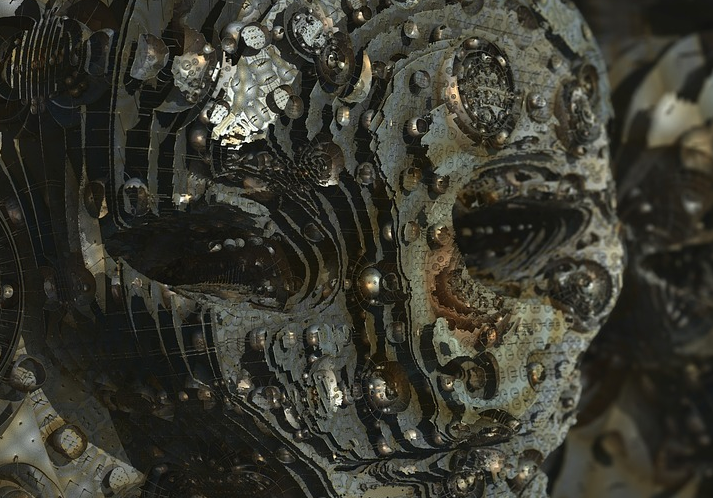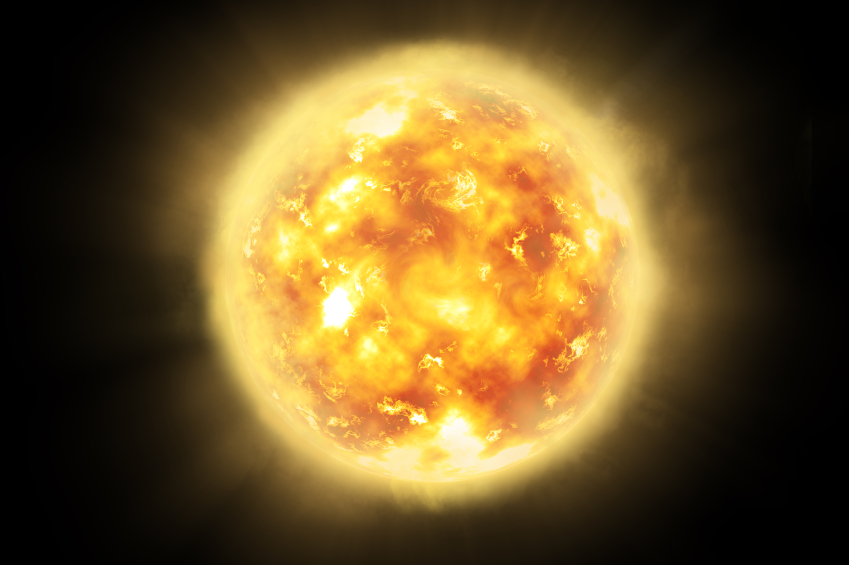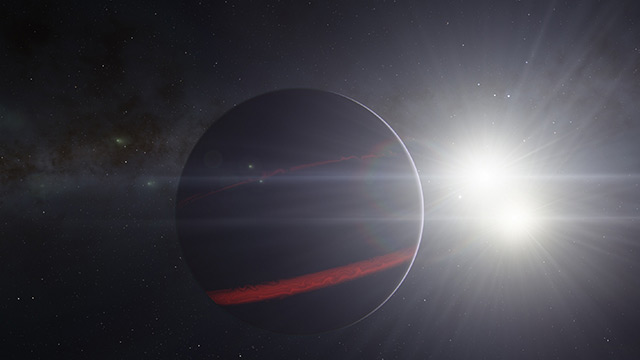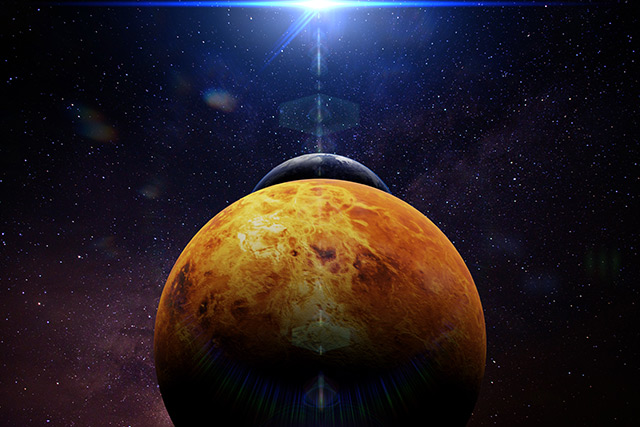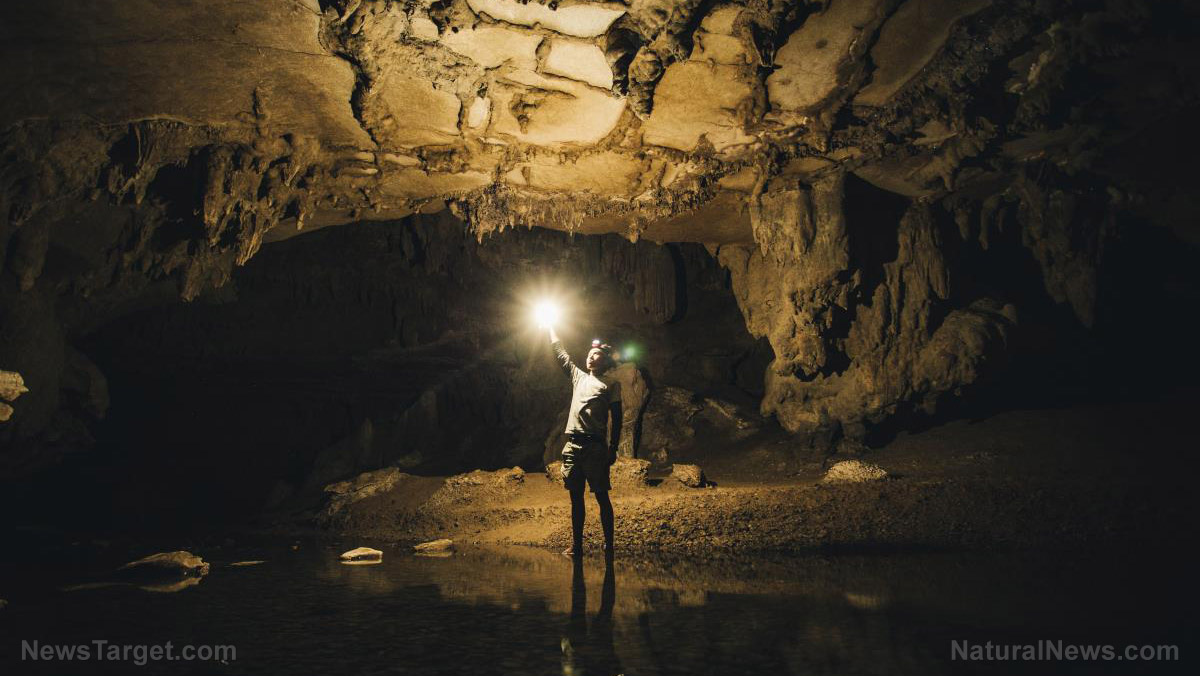Scientists say the best place for life on Mars is underground
11/25/2020 / By Virgilio Marin

Researchers from Italy have discovered strong evidence of hypersaline lakes beneath the south pole of Mars, raising the possibility that Martian life may be swimming in briny waters.
In their study, published in Nature Astronomy, the researchers detected a few anomalous areas beneath the Martian south pole using the radar instrument aboard the European Space Agency‘s Mars Express orbiter. Analysis of the data suggests that four hypersaline lakes are hidden beneath ice in the region.
Looking for underground hypersaline lakes on Mars
In 2018, scientists found that a large body of water may be buried under ice at the Martian south pole. The finding was based on only 29 observations from 2012 to 2015, and many critics said that these are not enough to support the claim.
For the current study, the researchers used a broader dataset comprising 134 observations taken from 2012 to 2019 using the Mars Advanced Radar for Subsurface and Ionosphere Sounding (MARSIS). MARSIS transmits radio waves that bounce off layers of material on the planet’s surface and subsurface. The way the radio waves are reflected back indicates the kind of material present at a particular location — rock, ice or water, for instance.
The researchers detected a few highly reflective areas that indicate the presence of bodies of liquid water trapped more than a mile beneath Martian ice. The lakes appear to be spread over an area of 18.5 million acres, or roughly one-fifth the size of Germany. The largest lake measures 18 miles across and is surrounded by three smaller lakes that are each a few miles wide.
“We identified the same body of water, but we also found three other bodies of water around the main one,” said co-author Elena Pettinelli of Roma Tre University in Italy. “It’s a complex system.”
The researchers suggest that the lakes are filled with hypersaline solutions, as salts of calcium, magnesium, sodium and potassium are abundant on Mars. The presence of these salts could explain how subglacial lakes on the Red Planet can remain liquid despite the low temperatures below the ice cap.
“From a thermal point of view, it has to be salty,” said Pettinelli. Meanwhile, the weight of the overlying ice can provide the pressure necessary to keep the water from turning to vapor.
Martian life in subsurface lakes?
With the discovery, scientists are raising the possibility of life on Mars. Liquid water is a prerequisite of life, so the Martian underground may very well serve as a habitat for microorganisms.
According to planetary scientist David Rothery of the Open University in the U.K., who was not part of the study, it’s believed that life is able to persist under the extreme conditions at Lake Vostok, a subglacial lake in Antarctica.
Lake Vostok has been proposed as an analog of the environments habitable by microbes and possibly more complex organisms in the internal oceans of icy moons like Jupiter’s Europa and Saturn’s Enceladus.
However, it’s unlikely that the four hypersaline lakes, should they actually exist on Mars, harbor any life forms, according to Rothery. While liquid water can give microbes a place to live, these microorganisms could not survive without an energy source of some kind. Chemical reactions between water and rock might produce small amounts of energy but these are not enough.
“[It] would help if there was an occasional volcanic eruption, or at least hot spring, feeding into the lake,” said Rothery, adding that there’s no evidence of an eruption on Mars, unlike Europa and Enceladus. (Related: Alien life may exist in Jupiter’s moon Europa and other frozen worlds.)
Pettinelli, on the other hand, is more optimistic: “There may have been a lot of water on Mars,” she said. “And if there was water, there was the possibility of life.”
Read more articles about interesting findings in space at Discovery.news.
Sources include:
Submit a correction >>
Tagged Under:
aliens, breakthrough, cool science, cosmic, discovery, environment, future science, Lake Vostok, Mars, Martian life, red planet, research, Space, water
This article may contain statements that reflect the opinion of the author
RECENT NEWS & ARTICLES
COPYRIGHT © 2017 SPACE TOURISM NEWS





